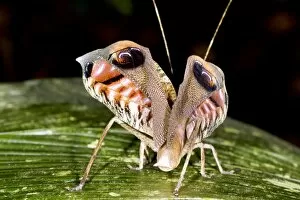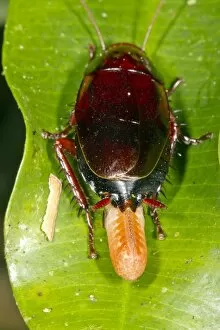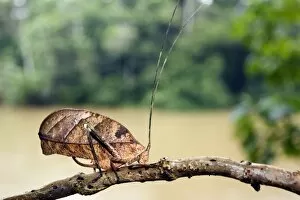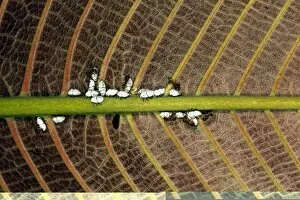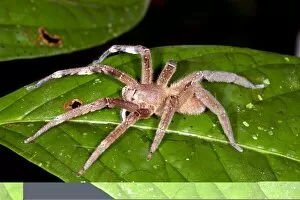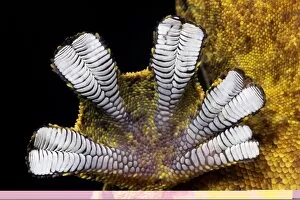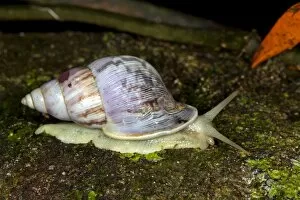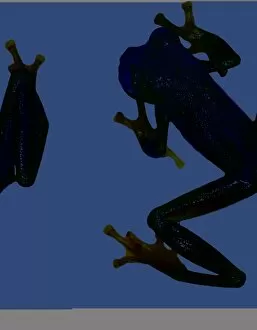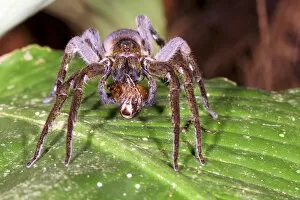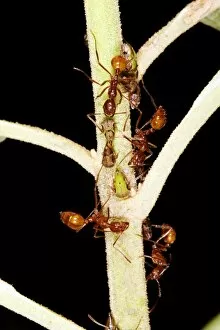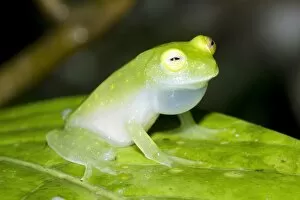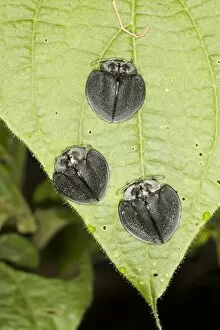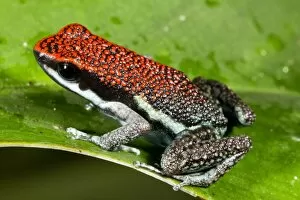Ecuadorian Collection (#16)
Discover the wonders of Ecuadorian landscapes and wildlife, from the enchanting Blue-footed Booby gracefully perched on Espanola Island in the Galapagos
For sale as Licensed Images
Choose your image, Select your licence and Download the media
Discover the wonders of Ecuadorian landscapes and wildlife, from the enchanting Blue-footed Booby gracefully perched on Espanola Island in the Galapagos, to the vibrant streets of Quito's historic La Ronda. Immerse yourself in nature's beauty as you encounter the Crowned hairstreak butterfly fluttering through Cotopaxi National Park, with its majestic Snow-Capped Cotopaxi Volcano standing tall in the background. Uncover ancient history at Ingapirca Ruins' Temple of the Sun, nestled in Canar Province. Witness a breathtaking sunrise over Cotopaxi Volcano within Cotopaxi National Park, located in Cotopaxi Province. Marvel at Guayaquil's partial panoramic view, showcasing this bustling city's charm and vibrancy. Prepare for an adrenaline rush as you witness a Wandering spider devouring a frog - a testament to Ecuador's diverse ecosystem. Stand in awe before Chimborazo Volcano, reigning supreme over Chimborazo Province. Explore marine life along Ecuador's coast with Sally Lightfoot Crabs scuttling across Galapagos Islands' shores. Reflect on historical events like Colombia's Independence through leaflets proclaiming freedom. Finally, be captivated by nature’s grandeur as you witness a breaching humpback whale off Ecuador’s coastline – an unforgettable experience that will leave you awestruck. Ecuadorian treasures await those who seek adventure and cultural immersion; it is truly South America’s hidden gem.

